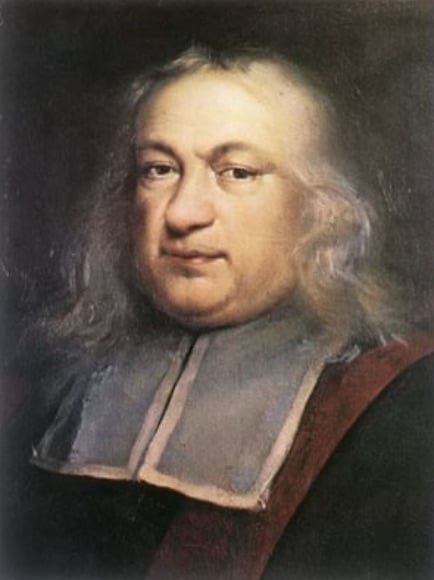
Pierre de Fermat was born in Beaumont-de-Lomagne, France, in either 1601 or 1607 (the exact year is uncertain). He came from a family of wealthy merchants and received his education at the University of Toulouse, where he studied law. Fermat’s mathematical abilities quickly became apparent, and he gained a reputation as a skilled amateur mathematician.
Since it was difficult in that era to earn a living as an academic, Fermat pursued a career in law, graduating with a bachelor in civil law in 1626. He held various legal positions throughout his life, and became a magistrate in the Parliament of Toulouse, a significant judicial institution in France at the time. While his legal career was successful, his true passion lay in mathematics.
In Fermat developed a method for determining the maxima, minima, and tangents to various curves that anticipated some of Newton’s work in the development of differential calculus. He published these discoveries in 1636 in Methodus ad disquirendam maximam et minimam and in De tangentibus linearum curvarum, He also developed a technique for finding the centers of gravity of various plane and solid figures. Fermat often communicated his mathematical ideas through letters to other mathematicians, engaging in mathematical correspondence.
By the 1650’s, gambling had become a fashionable pastime in the French society and large sums of money were often wagered. A passionate gambler, the Chevalier de Méré, sought the help of his friend Blaise Pascal in resolving a probability question now called the problem of points. In 1654, Pascal shared this problem with Pierre de Fermat, and together they developed the mathematical theory of probability.
Perhaps, Fermat is best remembered for his enunciation of what is now called Fermat’s Last Theorem . You may recall that integers x, y and z that satisfy the equation x2 + y2 = z2 are called Pythagorean triples and there are infinitely many of them. However, Fermat asserted that for powers greater than 2, there are no solutions. That is, he asserted that xn + yn = zn has no solutions for positive integers, x, y and z when n > 2. In his copy of the Greek text “Arithmetica” by Diophantus, he scribbled a note claiming to have a proof that was too large to fit in the margin, but there is no record that he had such a proof, so the enunciation of this assertion remained as a conjecture for centuries. Mathematicians tried and failed to prove the conjecture, in spite of sizeable rewards offered for its proof. Finally, in 1994, Sir Andrew Wiles proved the conjecture using advanced mathematical techniques involving modular elliptic curves.
Pierre de Fermat passed away on January 12, 1665, in Castres, France, yet he will be remembered as one of the most significant mathematicians in history. His work laid the groundwork for many later developments in mathematics, and he made substantial contributions to the theory of numbers. His correspondence with other mathematicians was instrumental in sharing and disseminating mathematical ideas of his time. Despite his amateur status in the formal mathematical community, his insights and conjectures continued to influence mathematicians long after his death
